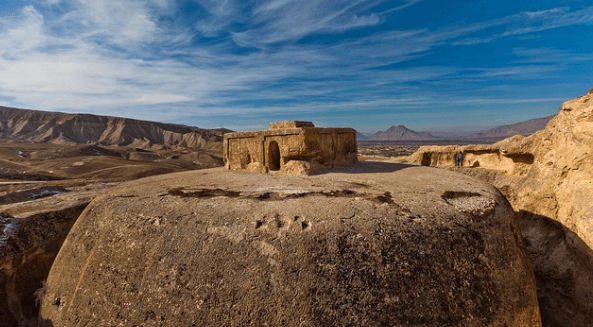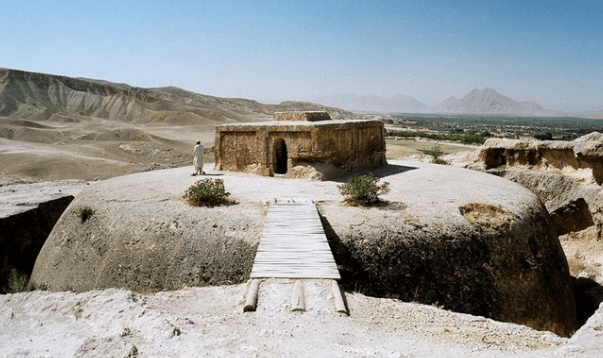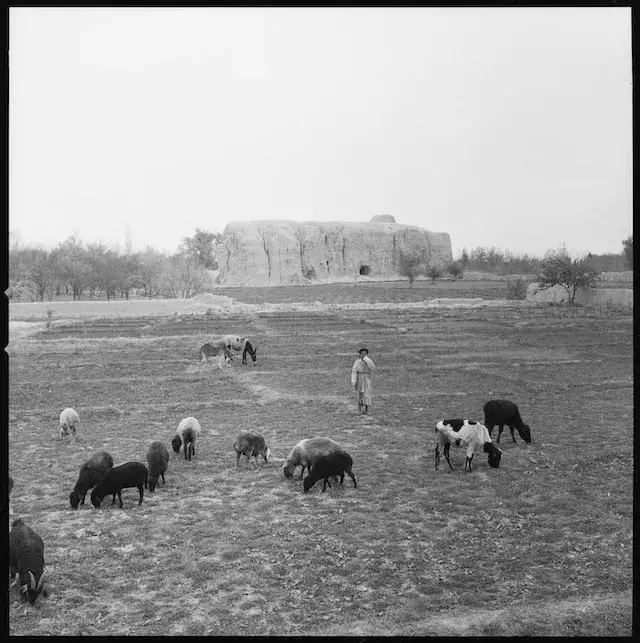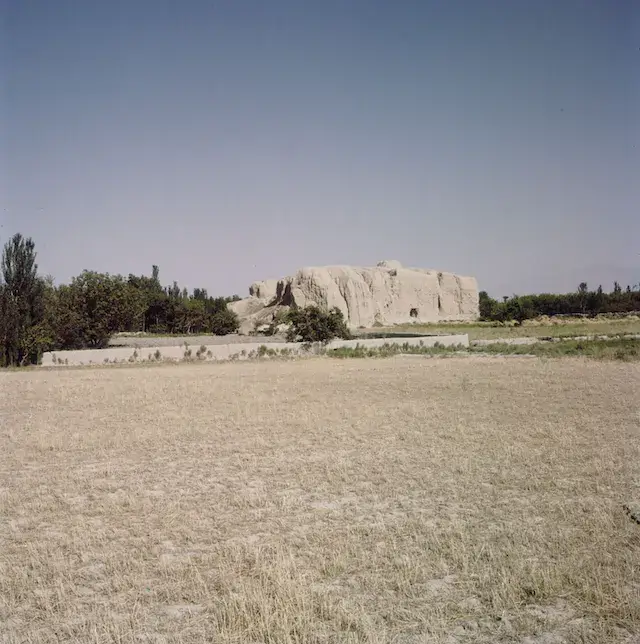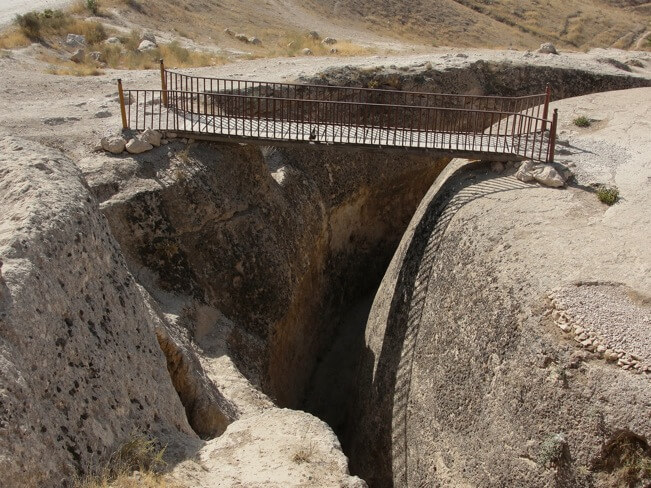Samangan, Afghanistan
Coordinates: 36.24696, 68.02016
Introduction
Nestled amidst the rugged landscapes of Aybak, Afghanistan, lies a hidden treasure of antiquity – Takht-e-Rostam. This ancient archaeological site, shrouded in mystery and steeped in history, offers a glimpse into the rich tapestry of Afghanistan’s cultural heritage. Join us on an immersive journey as we unravel the secrets of Takht-e-Rostam, exploring its storied past and uncovering the wonders that lie within.
Exploring the History of Takht-e-Rostam
Takht-e-Rostam holds a storied past that stretches back through the annals of time. Believed to have been founded during the Kushan Empire in the 1st century CE, this ancient settlement flourished as a center of commerce, culture, and religious worship. Its strategic location along the ancient Silk Road made it a hub for trade between the East and West, attracting merchants, travelers, and pilgrims from far and wide.
Architectural Marvels of Takht-e-Rostam
The architectural wonders of Takht-e-Rostam bear testament to the ingenuity and craftsmanship of its ancient inhabitants. The site is characterized by a series of monumental structures, including palaces, temples, and fortifications, built from locally sourced materials such as mud brick and stone. Intricate carvings, ornamental motifs, and inscriptions adorn the walls, offering insights into the cultural and religious practices of the time.
Religious Significance
Takht-e-Rostam is renowned for its religious significance, serving as a sacred pilgrimage site for followers of Zoroastrianism, Buddhism, and Hinduism. The remains of ancient fire altars, temples, and shrines dedicated to various deities dot the landscape, attesting to the religious diversity that once thrived in the region. The site’s association with legendary figures such as Rostam, a heroic figure in Persian mythology, adds to its mystique and allure.
Historical Significance
Throughout its tumultuous history, Takht-e-Rostam has borne witness to a succession of empires, conquests, and cultural exchanges. From the reign of the Kushans to the conquests of Alexander the Great and the rise of the Islamic caliphates, the site has played a pivotal role in shaping the destiny of the region. Each era has left its mark on Takht-e-Rostam, contributing to its rich tapestry of heritage and legacy.
Preservation Efforts
In recent years, efforts have been made to preserve and protect the cultural heritage of Takht-e-Rostam for future generations. Archaeological excavations, conservation projects, and site management initiatives have been undertaken to safeguard the integrity of the site and prevent further deterioration. Collaborative efforts between local authorities, international organizations, and community stakeholders have helped raise awareness about the importance of preserving Takht-e-Rostam as a testament to Afghanistan’s rich cultural heritage.
Conclusion
Takht-e-Rostam stands as a testament to the enduring legacy of Afghanistan’s rich cultural heritage. Its ancient ruins, architectural marvels, and religious significance offer a window into the past, allowing us to glimpse the civilizations that once thrived in the region. As we celebrate the storied history of Takht-e-Rostam, let us also commit to preserving and protecting this invaluable treasure for future generations to cherish and explore.
How to Get to Takht-e-Rostam
To reach the site, travelers can fly into Mazar-e-Sharif International Airport and then take a scenic drive to Aybak, the nearest city to Takht-e-Rostam. From Aybak, visitors can hire a local guide or arrange for transportation to the site, which is located approximately 15 kilometers southwest of the city center. While the journey may require careful planning and preparation, the opportunity to explore the ancient wonders of Takht-e-Rostam is a reward unto itself.



